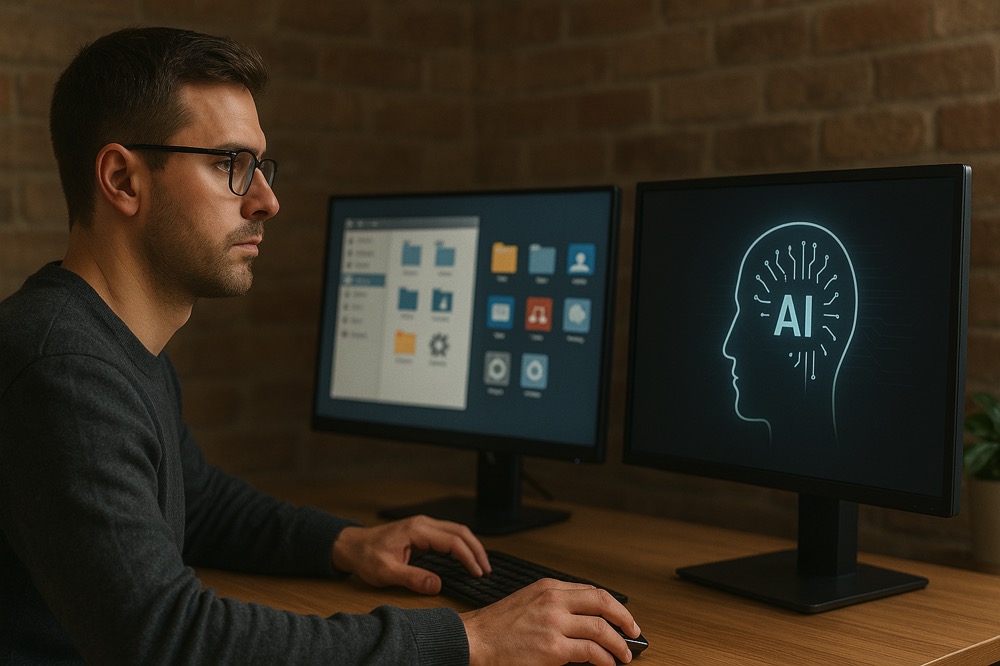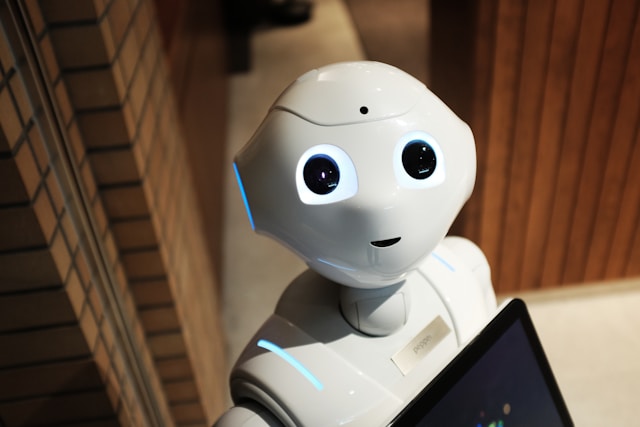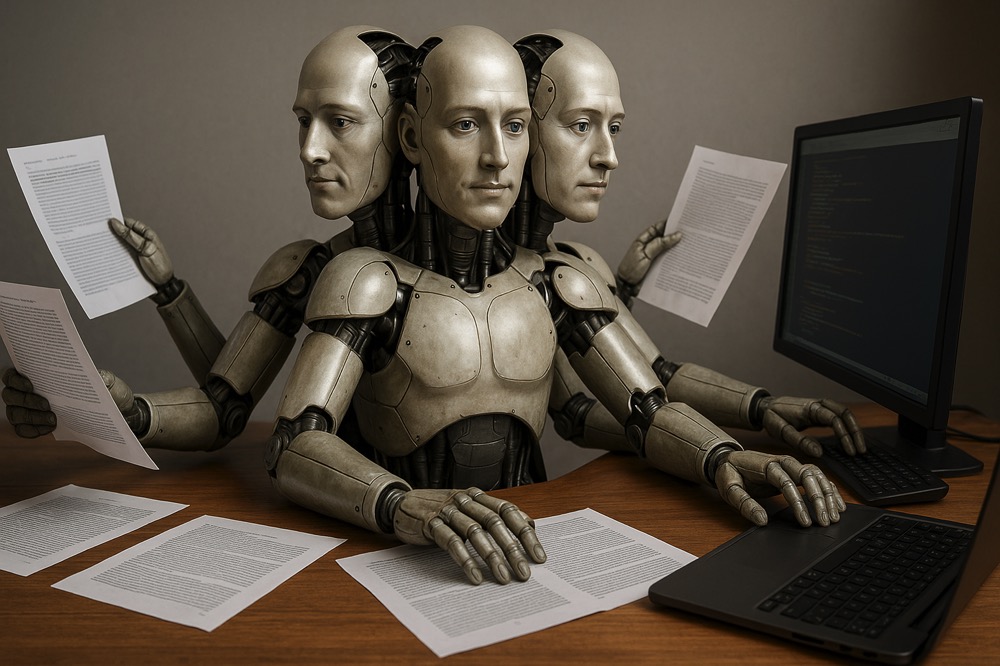In my last post, I made the case that Artificial Intelligence is the next great computer interface, a way to translate our intentions directly into actions. It’s a powerful idea. So, it begs the question: if this is the future, where is it? Why am I still clicking icons and navigating menus on my computer instead of just talking to it?
The truth is, while the concept is simple, the reality is incredibly complex. We are still a fair way from having a true, seamless AI-native interface, and there are some massive hurdles we need to overcome first.
The Understanding Problem
The first challenge is that current AIs don't truly understand things in the way humans do. When you ask an AI to "write a summary of last quarter's sales," it doesn't know what a "sale" is or what a "quarter" means to the business. It's an incredibly sophisticated pattern-matching machine that knows which words and concepts are statistically likely to follow your request.
This is amazing for generating text or code, but it can also lead to "hallucinations"—where the AI confidently makes things up. For a chatbot, that's an amusing quirk. For a computer's operating system, it's a critical failure. You can't have an interface that might just invent a file that doesn't exist or misinterpret a crucial command.
The Action and Safety Problem
An AI interface needs to do more than just talk; it needs to act. It must be able to open programs, manage files, change settings, and send emails. This requires giving the AI deep access to the core functions of the operating system. And that's a terrifying thought from a security perspective.
How do you give an AI the power to delete files based on a verbal command without creating a massive security hole? How do you ensure it can't be tricked by a cleverly worded prompt (or an external attacker) into causing chaos on your system? Creating a safe and reliable bridge between the AI's language processing and the computer's functions is a monumental engineering challenge.
The Trust and Reliability Problem
For an AI interface to be useful, we have to trust it completely. If you tell it to "delete my old holiday photos from 2018," you need to be 100% certain it won't misunderstand and delete your wedding photos or, even worse, important work documents.
This need for absolute reliability runs counter to the probabilistic nature of today's AI models. We can't have an interface that is "mostly right." It needs to be right every single time. Building in the necessary safeguards and confirmation steps, without making the interface clunky and slow, is a delicate balancing act that no one has perfected yet.
The Speed and Cost Problem
Finally, there's a practical issue. Running the massive language models that would power such an interface is slow and computationally expensive. A good user interface needs to feel instant and responsive. If it takes ten seconds for an AI to process your request to open a web browser, it's not a better experience than just clicking the icon yourself. The hardware and software infrastructure isn't quite ready to deliver the seamless, real-time experience we would expect from a primary computer interface.
These challenges aren't insurmountable. Brilliant people are working on solving all of them. But they are significant. So while we wait for our true AI-powered future, we'll continue to see AI integrated as powerful features within our existing apps and operating systems. The revolution won't happen overnight, but the building blocks are being laid, one line of code at a time.







